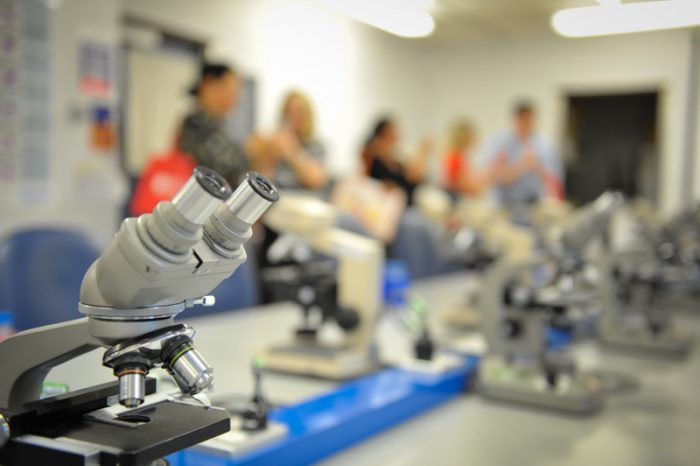HE AHA TĀ MĀTOU I TŪHURA AI
What we investigated
NGA PUTANGA ME TE PĀNGA
Outcomes and Impact
Whakawhiti Mōhiotanga
Knowledge Exchange
ctdna for better cancer management
Research Findings Brief
CtDNA is not simply a diagnostic test, but a disruptive technology at the vanguard of precision medicine. It brings with it the potential for broad changes in how cancer is treated day to day, and has numerous potential applications for the care of individual patients.
















